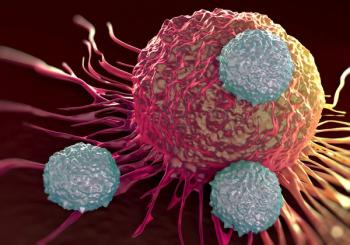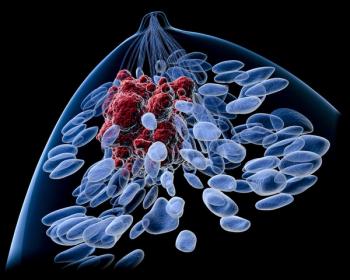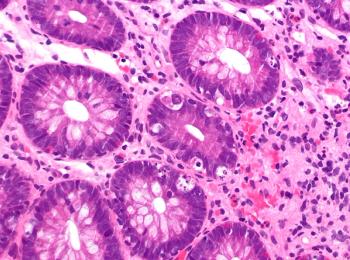
Oncology NEWS International
- Oncology NEWS International Vol 17 No 5
- Volume 17
- Issue 5
Myoepithelial cells lining milk ducts hold key to spread of DCIS
Researchers at Dana-Farber have found that normal myoepithelial cells, which form part of the lining of the milk ducts, suppress fibroblasts that promote tumor growth and invasion, but when certain genes in the myoepithelial layer become under- or overactive, the layer breaks down and disappears, enabling tumor cells to spread.
Researchers at Dana-Farber have found that normal myoepithelial cells, which form part of the lining of the milk ducts, suppress fibroblasts that promote tumor growth and invasion, but when certain genes in the myoepithelial layer become under- or overactive, the layer breaks down and disappears, enabling tumor cells to spread. The abnormal genes include TGF Beta, Hedgehog, and p63. The study was reported in the May 6 issue of Cancer Cell.
Articles in this issue
over 17 years ago
Immunotherapy agent promising in NSCLCover 17 years ago
NCCN greenlights nilotinib for imatinib-resistant CML patientsover 17 years ago
No overall survival benefit for dose-intense regimen in SCLCover 17 years ago
Make a note of new smoking cessation codesover 17 years ago
Relistor for treating OICover 17 years ago
Experts argue against need for phase III proton Rx trialsover 17 years ago
Spotlight on Cancer Centersover 17 years ago
Novel peptide vaccine promising in myeloid leukemiaover 17 years ago
Intensive imatinib/chemo ups EFS in pediatric Ph+ ALLNewsletter
Stay up to date on recent advances in the multidisciplinary approach to cancer.

















































































